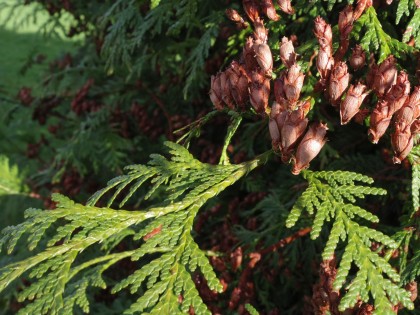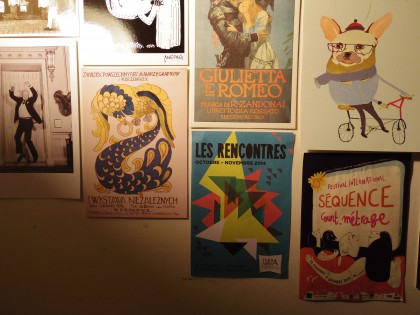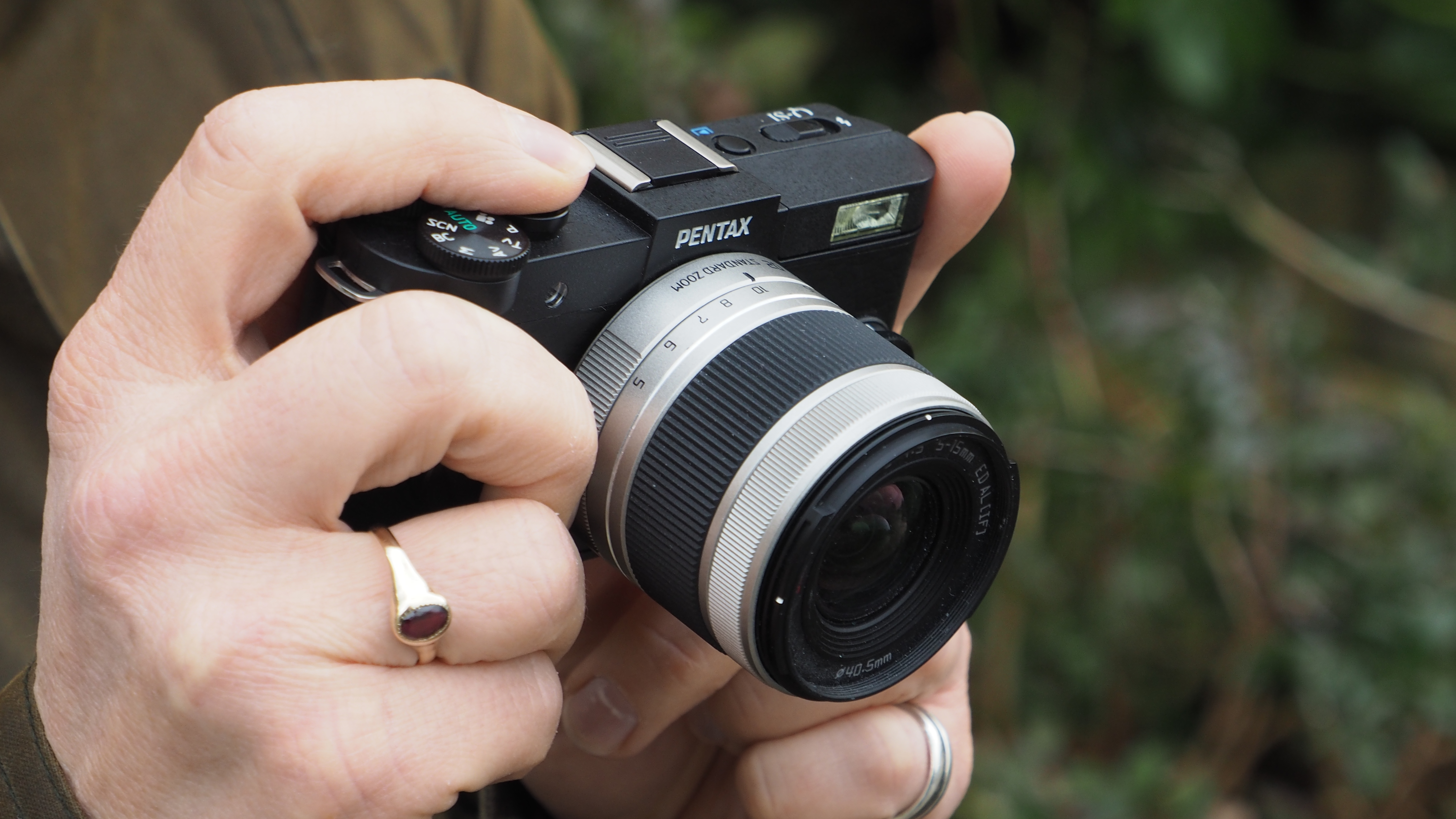Why you can trust TechRadar
Straight from the camera, images are nicely saturated to produce bright and punchy images without straying too far into unnatural territory.
Detail is fairly well resolved, and although it doesn't quite compete with those cameras which feature a bigger sensor, such as the Panasonic GM5, for something which essentially uses a compact camera sensor, it's pretty good.

Click here for a full resolution version.
When examining images at 100% you can see some examples of image smoothing, even at low sensitivities such as ISO 200, but it's not something that is generally going to affect normal printing or sharing sizes. As you go up the sensitivity scale however, smoothing becomes worse and noise starts to be introduced. At ISO 3200, images are fine to use at very small sizes, but not much else.

Click here for a full resolution version.

Click here for a full resolution version.
Pentax cameras generally don't use a proprietary raw format file, instead using the universal DNG file format meaning you can open them with most image editing software, including Photoshop. The JPEG images clearly have quite a lot of processing applied to them, including correction for lens distortion and noise reduction. If you prefer to work with the images yourself, or prefer to favour detail over noise reduction, working with the DNG files is useful.
Generally, the all-purpose metering does a decent job of assessing the scene to produce accurate exposures, and the same can be said of the automatic white balance function which copes well even under artificial lighting to produce accurate colours.
It's worth experimenting with the different creative options which are available here, including Smart Effects, Custom Image and digital filters, probably the most interesting can be found under the Custom Image setting, such as Cross Processing. There's nothing here overly amazing, but at least you can shoot them with raw format shooting applied, so you can go back to a "clean" version of the image should you need it.
We liked
The design of the Q-S1 is pretty good, and for a small camera there's lots of direct control buttons which mean you don't have to fiddle around in menu systems to change key settings. The green button which returns the AF point to the centre of the frame is pretty nifty too.
We disliked
Even though it is undoubtedly small and light, there are other compact system cameras currently on the market which offer so much more in a package which isn't much bigger, especially once you take into consideration the size of the attached kit lens. There's just nothing here to get overly excited about.
Verdict
Pentax continues to fight a battle in what is a pretty crowded compact system camera marketplace. It chooses to do that with the likes of the QS-1, which offer a very dinky package… but unfortunately for Pentax, lots of other manufacturers are also now producing very small compact system cameras with much larger sensors.

Click here for a full resolution version.

Click here for a full resolution version.
Take the Nikon 1 series and the Samsung NX Mini, some of which are only a fraction bigger than the QS1, as an example – each of these has a one inch sensor. And you can go even further than that by looking at the Panasonic GM5, an incredibly small camera, which is only marginally bigger than the Q-S1 but manages to squeeze in a Four Thirds sensor.
If however, you have a particular affection for the Pentax brand, you might find like the QS1. Even if you don't, it's an easy camera to get to grips with and although it's small, it does have a lot of buttons and dials for quick access to all of the key settings, something which isn't always true of ultra-small CSCs.

Click here for a full resolution version.

Click here for a full resolution version.
There's nothing particularly exciting here to distinguish this camera from the rest of the market though, aside from its small stature. There's no inbuilt Wi-Fi, viewfinder, touchscreen or GPS. The kit lens is also shaped so as to make the whole camera not particularly pocketable, which makes it lose some of the appeal it has in the first place.
- Camera reviews and news
- Best CSC
- Best camera
Amy has been writing about cameras, photography and associated tech since 2009. Amy was once part of the photography testing team for Future Publishing working across TechRadar, Digital Camera, PhotoPlus, N Photo and Photography Week. For her photography, she has won awards and has been exhibited. She often partakes in unusual projects - including one intense year where she used a different camera every single day. Amy is currently the Features Editor at Amateur Photographer magazine, and in her increasingly little spare time works across a number of high-profile publications including Wired, Stuff, Digital Camera World, Expert Reviews, and just a little off-tangent, PetsRadar.

